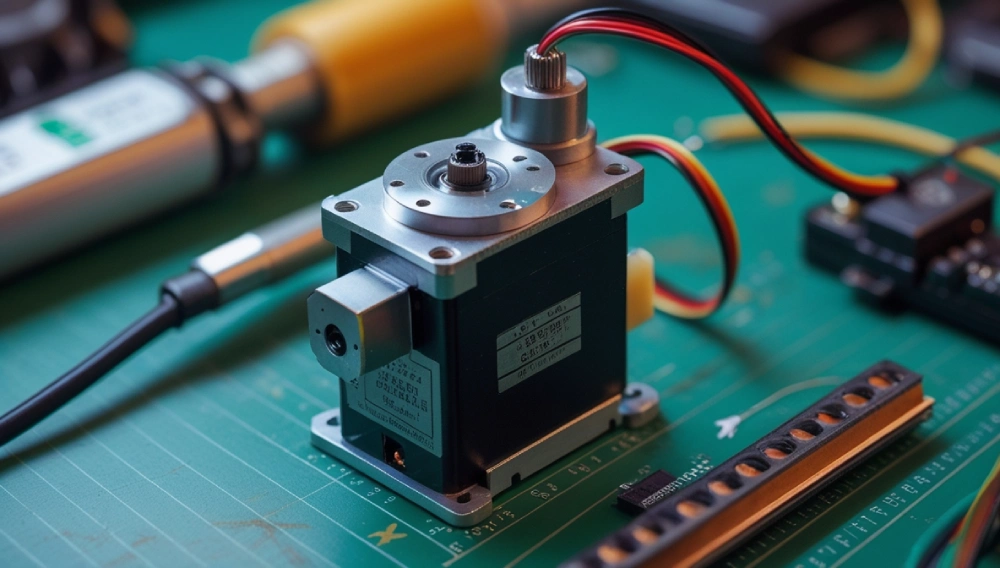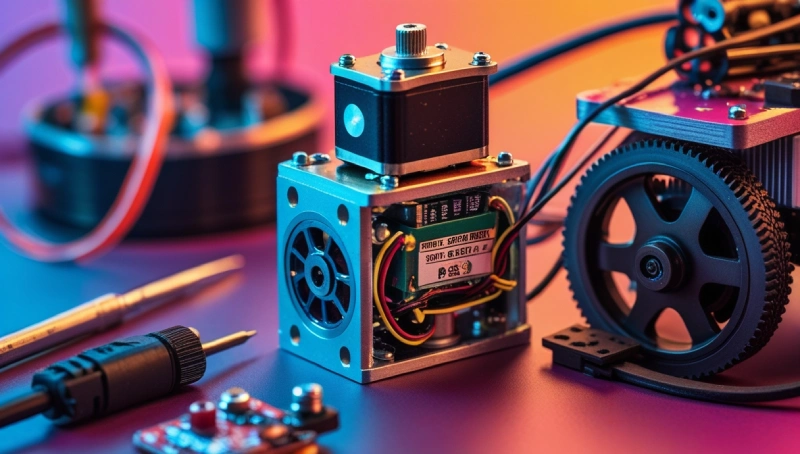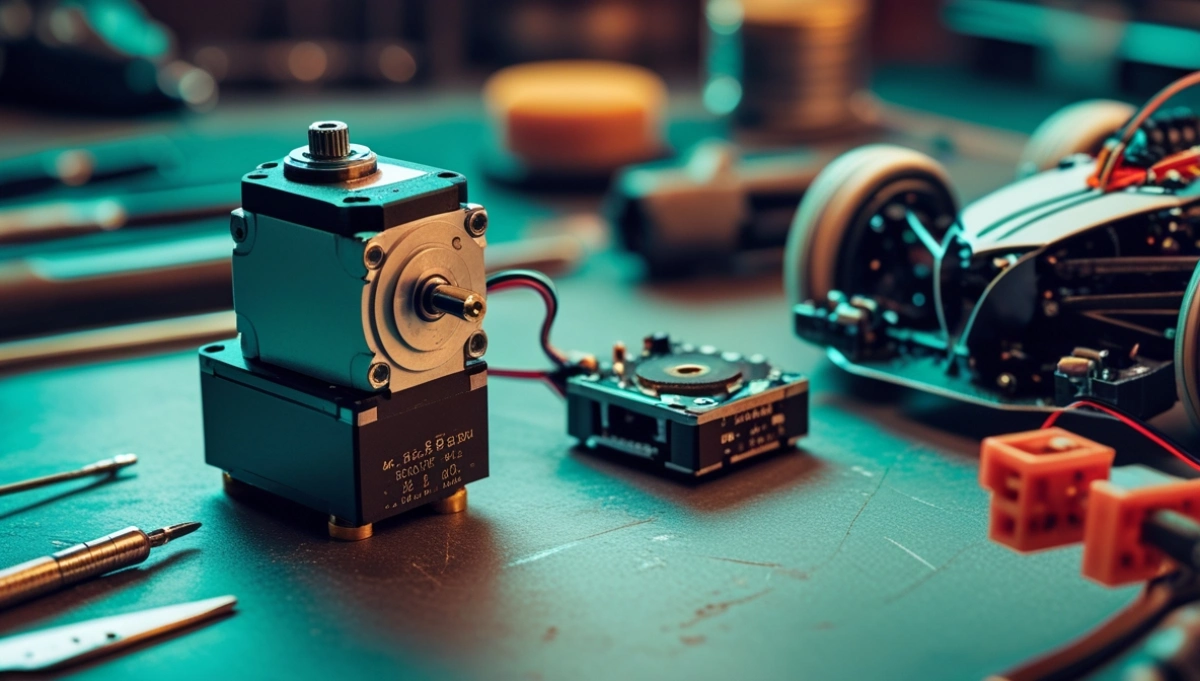Introduction: What Are Miniature Servo Motors?
If you’ve ever built a robot, flown a drone, or tinkered with remote-controlled toys, you’ve probably used a miniature servo motor. These tiny powerhouses are compact, precise, and perfect for projects where space and accuracy matter. But what exactly are they?
A miniature servo motor is a small, self-contained device that rotates or pushes parts with high precision. It combines a motor, gears, and sensors to control movement, making it ideal for robotics, automation, and even DIY crafts. Whether you’re an engineer designing a machine or a hobbyist building a model car, understanding these small servo motors can take your projects to the next level.
In this guide, we’ll break down how they work, their key features, and how to pick the best one for your needs. Let’s dive in!

What Is a Miniature Servo Motor?
A miniature servo motor (often called a “mini servo”) is a type of motor designed for precise control of position, speed, or force. Unlike regular motors that spin freely, servos adjust their movement based on feedback from sensors.
Key Components:
- Motor: Provides the power.
- Gears: Reduce speed and increase torque (rotational force).
- Potentiometer/Sensor: Monitors the motor’s position.
- Control Circuit: Adjusts movement based on input signals.
These components work together to make compact servo motors reliable for tasks like steering a robot arm or adjusting a camera angle.
How Do Miniature Servos Work?
Imagine telling a motor, “Turn exactly 90 degrees to the right.” A miniature servo motor does exactly that! Here’s how:
- Input Signal: You send a pulse-width modulation (PWM) signal (e.g., from an Arduino or remote control).
- Control Circuit: Compares the signal to the motor’s current position.
- Adjustment: The motor turns until its position matches the signal.
- Feedback Loop: The sensor ensures accuracy by constantly checking the position.
This closed-loop system makes tiny servo motors perfect for applications needing exact movements.
Key Features of Compact Servo Motors
Not all mini servos are the same. Here’s what to look for:
- Torque: Measured in kg/cm (how much weight the servo can lift).
- Speed: Time to rotate 60 degrees (e.g., 0.12 seconds).
- Voltage: Common options: 4.8V–6.6V.
- Size: Ranges from 20mm x 10mm to 40mm x 20mm.
- Material: Plastic gears (affordable) vs. metal gears (durable).
Where Are Mini Servo Motors Used?
From high-tech labs to your garage, miniature servo motors are everywhere:

- Robotics: Arm joints, grippers, and walking mechanisms.
- RC Toys: Steering cars, adjusting drone flaps.
- Automation: Valve control, conveyor belts.
- DIY Projects: Smart mirrors, automated planters.
- Medical Devices: Precision tools for surgery.
Choosing the Right Mini Servo Motor
Picking the best small servo motor depends on your project:

- Torque vs. Speed: Need power? Pick high torque. Need quick movements? Choose high speed.
- Size Constraints: Measure your space!
- Budget: Plastic gears cost less; metal gears last longer.
- Brand Reputation: Popular brands like TowerPro, Savox, or Hitec offer reliability.
Pro Tip: Check reviews and datasheets to match specs with your needs.
Installing and Maintaining Your Servo
Installation Steps:
- Secure the servo with screws or adhesive.
- Connect wires (signal, power, ground) to your controller.
- Calibrate using software or manual adjustments.
Maintenance Tips:
- Keep gears clean and lightly lubricated.
- Avoid overloading to prevent burnout.
- Store in dry, dust-free environments.
FAQs: Your Questions, Answered
A: Servos control position/speed precisely; regular motors just spin.
A: Check the torque rating! Small servos handle light tasks best.
A: Poor calibration, voltage issues, or overloading. Double-check connections!
A: No—look for waterproof models if needed.
Conclusion: Why Mini Servo Motors Matter
Miniature servo motors are the unsung heroes behind precise movements in tech, toys, and tools. By understanding their features, applications, and care tips, you can harness their power for any project—big or small.
Author Bio:
John Carter Doe is a robotics engineer with 10+ years of experience in automation. She’s passionate about making tech accessible to hobbyists and professionals alike.

